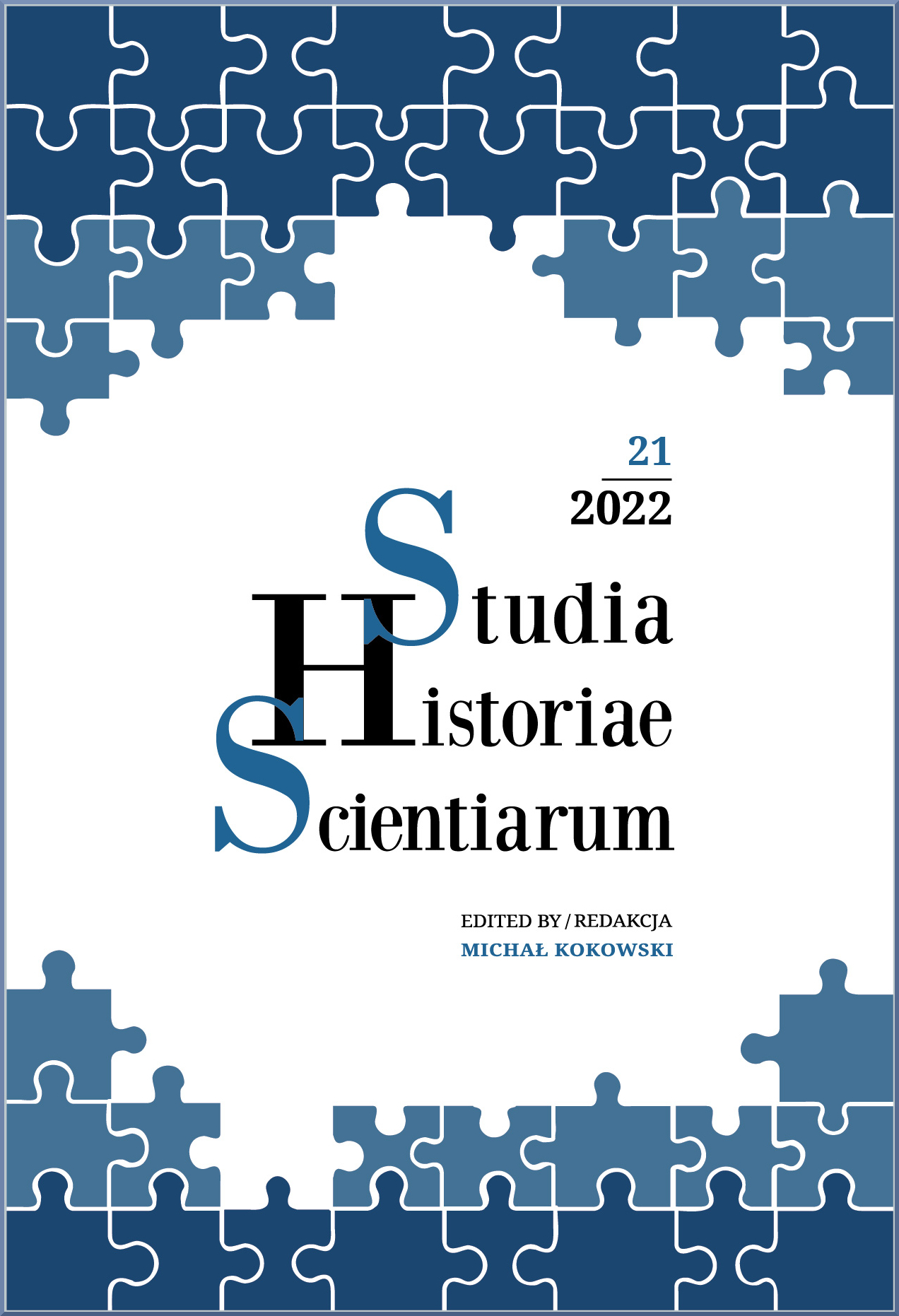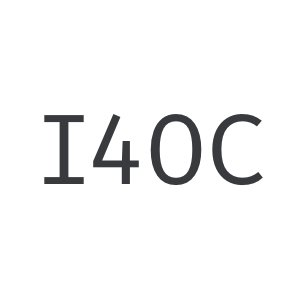Engineering of the Highest Caliber: Kazimierz Siemienowicz and the Culmination of the Military Revolution
DOI:
https://doi.org/10.4467/2543702XSHS.22.002.15968Słowa kluczowe:
Siemienowicz, rocketry, artillery, Polish-Lithuanian Commonwealth, caliber, Tipu Sultan, William CongreveAbstrakt
The interregnum between the death of Galileo and the publication of Newton’s Principia produced great advances in military science and technology. Particularly noteworthy are Kazimierz Siemienowicz’s contributions to artillery and to the field of rocketry. The dominating nature of these weapon systems remain as relevant today as it did in 1650 with the publication of his opus, The Great Art of Artillery. Rocket technology defines power relations, whether fired indiscriminately across a national border or positioned menacingly in a silo as an intercontinental ballistic missile. Siemienowicz’s designs, namely his multi-stage rockets with delta-wing stabilizers and ejection nozzles, became instruments of state power. The standardization of the caliber scale, the writing of the science of artillery, the optimization of gunpowder quality, and the pioneering work in rocketry, which became his legacy, qualify him as principal in the culmination of the military revolution.
Bibliografia
Bel’ski, Aleksandr M. 1998: Artis magnae artilleriae Kazimira Semenovicha. Fizika: problemy vykladannja 1, pp. 100‒110. URL: https://www.alsak.ru/item/lartis-magnae-artilleriaer-3.html (accessed on: 21 June 2022).
Bel’skі, Aleksandr M.; Tkachjov, Mihail A. 1992: Vjalіkae Mastactva Artyleryі. Minsk: Navuka і Tjehnіka. URL: http://knihi.com/Alaksandar_Bielski/Vialikaje_mastactva_artyleryi_Kazimir_Siemianovic,_1600_-_pasla_1651.html (accessed on: 21 June 2022).
Black, Jeremy M. 1995: A Military Revolution? A 1660‒1792 Perspective. [In:] The Military Revolution Debate: Readings on the Military Transformation of Early Modern Europe, ed. C.J. Rogers, pp. 95‒114. Boulder: Routledge.
Black, Jeremy M. 2013: War and Technology. Bloomington: Indiana University Press. Brown, Peter B. 1982: Muscovy, Poland, and The Seventeenth Century Crisis. The Polish Review 27, pp. 55‒69.
Congreve, William 1827: A Treatise on the General Principles, Powers, and Facility of Application of the Congreve Rocket System, as Compared with Artillery. London: Longman, Rees, Orme, Brown, and Green. Available as Google e-book.
Davies, Brian 2013: Military Engineers and the Rise of Imperial Russia. In Military Engineers and the Making of the Early-Modern European State, ed. B. Lenman. Edinburgh: Edinburgh University Press.
Davies, Richard 1747: Letter to Martin Folkes, 18 Feb. In Tables of Specific Gravities, extracted from various Authors, with some observations upon the same. London: Royal Society, 1748, pp. 416‒489. URL: https://royalsocietypublishing.org/doi/pdf/10.1098/rstl.1748.0053 (accessed on: 21 June 2022).
Earle, James 2011: Commodore Squib: The Life, Times and Secretive Wars of England’s First Rocket Man, Sir William Congreve, 1772‒1828. Newcastle upon Tyne: Cambridge Scholars Publishing.
Fedorowicz, J.K. 1980. England’s Baltic Trade in the early seventeenth century: A study in Anglo-Polish commercial diplomacy. Cambridge: Cambridge University Press. Frost, Robert I. 1994: Poland-Lithuania and the Military Revolution. [In:] Poland and Europe: Historical Dimensions: Selected Essays from the Fiftieth Anniversary International Congress of the Polish Institute of Arts and Sciences of America, ed. M.B. Biskupski and J.S. Pula. New York: Columbia University Press, pp. 19‒47.
Gerbino, Anthony 2002: Francois Blondel (1618‒1686): Architecture, erudition, and early modern science. Ph.D. dissertation, Columbia University.
Gerbino, Anthony 2005: François Blondel and the ‘Résolution des quatre principaux problèmes d'architecture’ (1673). Journal of the Society of Architectural Historians 64(4), pp. 498‒521.
Gorecki, Danuta M. 1978: The Zaluskis’ Library of the Republic of Poland. The Journal of Library History 13(4), pp. 408‒431.
Husain, M. (ed.) 1950: FATH-UL-MUJAHIDEEN: A Treatise on the Rules and Regulations of Tipu Sultan’s Army and His Principles of Strategy. Karachi: Al-Arab Printing Press.
Jaim, H.M. Iftekhar; Jaim, Jasmine 2011: The Decisive Nature of the Indian War Rocket in the Anglo-Mysore Wars of the Eighteenth Century. Arms & Armour 8(2), pp. 131‒138.
Johnson, Wayne 1994: The rise and fall of early war rockets. International Journal of Impact Engineering 15, pp. 365‒383.
Koen, Billy V. 2003: Discussion of The Method: Conducting the Engineer’s Approach to Problem Solving. New York: Oxford University Press.
Engineering of the Highest Caliber: Kazimierz Siemienowicz and the Culmination of …
Kojalowicz, Wijuk W. 1897: Herbarz Rycerstwa W.X. Litewskiego Tak Zwany Compendium Czyli O Klejnotach Albo Herbach Ktorych Familie Stanu Rycerskiego w Prowincyach Wielkiego Xięstwa Litewskiego Zażywają. Krakow: Herolda Polskiego. Available as Google e-book.
Kravchenka, Piatro K. 2008: Per aspera ad astra: Zhizn’ Kazimira Semenovichai i sud’ba ego velikogo tvorenija. Pro Knigi 1(4), pp. 121‒125. URL: https://docplayer.ru/83529306-Pro-knigi-zhurnal-bibliofila-1-4-08-moskva.html (accessed on: 21 June 2022).
Krepinevich, Andrew F. 1994: Cavalry to Computer: The Pattern of Military Revolutions. The National Interest 37, pp. 30‒42.
Kuhn, Thomas S. 1996: The Structure of Scientific Revolutions, 3rd ed. Chicago: The University of Chicago Press.
Linde, Samuel T. (ed.) 1819: Janociana, sive Clarorum atque Illustrium Poloniae Auctorum Maecenatumque Memoriae Miscellae. Warsaw: Typis Collegii Scholarum Piarum. Available as Google e-book.
Llewellyn-Jones, Rosie (ed.) 2003: A Man of the Enlightenment in Eighteenth-century India: The Letters of Claude Martin 1766‒1800. Delhi: Permanent Black.
Lützen, Jesper 2009: Why was Wantzel overlooked for a century? The changing importance of an impossibility result. Historia Mathematica 36, pp. 374‒394.
Matvienko, Anatolij E. 2016: Rakety belorusskogo shljahticha. Belaruskaja dumka 3, pp. 74‒78. URL: https://beldumka.belta.by/isfiles/000167_825419.pdf (accessed on: 21 June 2022).
Mauskopf, Seymour H. 1990: Chemistry and Cannon: J.-L. Proust and Gunpowder Analysis. Technology and Culture 31, pp. 398‒426.
Mitcham, Carl. 1994: Thinking Through Technology: The Path Between Engineering and Philosophy. Chicago: The University of Chicago Press.
Mrozik, Dagmar 2018: Oswald Krüger. Jesuit Science Network. URL: http://jesuitscience.net/p/36/ (accessed on: 21 June 2022).
Narasimha, Roddam 1985: Rockets in Mysore and Britain, 1750‒1850 A.D. Bangalore: National Aeronautical Laboratory.
Nowak, Tadeusz M. 1965: Z Dziejów Techniki Wojennej w Dawnej Polsce. Warsaw: Wydawnictwo Ministerstwa Obrony Narodowej.
Nowak, Tadeusz M. 1970: Polska Technika Wojenna XVI‒XVIII w. Warsaw: Wydawnictwo Ministerstwa Obrony Narodowej.
Nowak, Tadeusz M. 1995: Rozwój techniki rakietowej w świetle europejskich traktatów XIII‒XVII wieku. Warsaw: Wydawnictwo Retro-Art.
Nowak, Tadeusz M. 1997: Problematyka wojskowa w wykładach jezuitów polskich: Oswalda Krügera (1633 r.) i Faustyna Grodzickiego (1747). Analecta 6/1(11), pp. 7‒39.
Parker, Geoffrey 1995: The “Military Revolution, 1560‒1660” – a Myth? [In:] The Military Revolution Debate: Readings on the Military Transformation of Early Modern Europe, ed. C.J. Rogers. Boulder: Routledge, pp. 37‒54.
Penskoj, Vitalij V. 2010: Velikaja Ognestrel’naja Revoljucija. Moscow: Eksmo.
Prishhepa, V.I.; Dronova, G.P. 1987: Ari Shternfel’d - Pioner Kosmonavtiki 1905‒1980. Moscow: Nauka.
Rani, J. Jemi Merlin 2018: Pioneer of Missile Technology of the World–Tipu Sultan. Scholars Journal of Arts, Humanities and Social Sciences 6(2), pp. 443‒446.





























